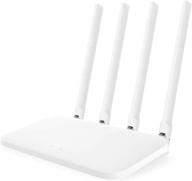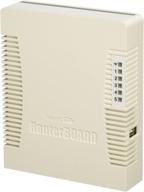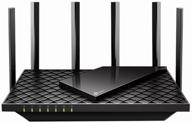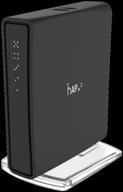
Review on 🏠 Effortless Home Automation: Introducing the SHELLY 1 One Relay Switch with Wireless WiFi Connectivity and iOS/Android Application (1 Pack) by Michael Skerving

Good for low voltage and dry contact applications
I almost returned my Shelly 1 units as defective. They're certainly "interesting" to set up, but I'm now convinced that Shelly devices can meet my needs. I just wish Shelly had better documentation or a real WIKI. Attempting to provide support on Facebook without good search tools means up-to-date information is very difficult to find. There were two characteristics that drew me to Shelly devices: 12V is considered low voltage and bypasses the safety requirements for 120/240V powered devices Relays make dry contacts (no voltage) so I can control devices like garage doors. The first problem was moving the power jumper so they could run on 12v. Use a small tool, e.g. B. Use a needle to pry the jumper all the way out, then use tweezers to grab the jumper. Put it back on the other side of the three jumpers and slide it in. It took me at least 10 minutes for each Shelly. In several attempts, I was only able to see the WLAN address of the hotspot for a short time. Also if you use the jumper to reset the device by toggling the switch 5 times within 1 minute after power on. Eventually I found out that I had to download the Shelly Cloud app on my Android phone. Turn on Shelly and use the app to add a device. Sometimes it takes a few tries, but eventually the devices connect to my home WiFi and get local addresses from my router. From the looks of it, they appear to be reliable. Check your router's device table or use an app like Fing to find the IP addresses. You can then connect a browser to each device address and perform actions like updating the firmware and enabling MQTT. My "random" 12V trash can wall wart actually supplies 12.4V. Contrary to another review, I don't seem to have a problem with voltages just over 12V. But then again, maybe that explains some of the instability when I first turned it on before switching it to my home network. I would never operate such devices over a free cloud network. Shelly's network is in the EU and can be reasonably secure, but I prefer my 'in house' network. I soldered contacts into Sonoff devices to load my own firmware which I program myself. The Shelly DIY mode seems to have everything I could possibly need, so I won't be downloading any custom firmware or compiling anything with the Arduino IDE. I still have a few Sonoff devices, but the Shelly 1 works better for me in some areas than the Sonoff Basic. I will continue to use Sonoff devices in places where I have AC power and want to place sensors connected to GPIO pins, especially where I need I2C.
- Pleasing
- Older model
New products
Comments (0)
Top products in 📶 Wifi Routers
Another interesting products
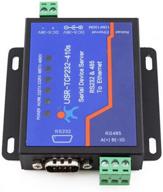
🔌 USR-TCP232-410s: RS232/RS485 Serial to Ethernet Adapter/IP Device Server with DHCP/DNS Support

4 Review
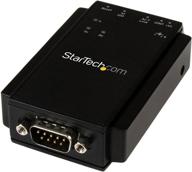
🔌 StarTech.com NETRS232 Serial to IP Ethernet Device Server - DIN Rail Mountable - Serial Device Server - Serial Over IP Device Server (Black)

4 Review
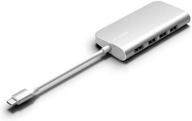
🔌 Juiced Systems Silver BizHUB USB-C Multiport Gigabit HDMI Hub with 3 USB 3.0 Ports, Gigabit Ethernet, 4K HDMI, SD/Micro SD, and USB-C Power Delivery

11 Review
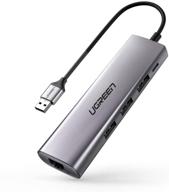
UGREEN USB 3.0 Ethernet Adapter Hub with RJ45: Fast Gigabit Ethernet Converter, 3 Ports USB 3.0 Hub Compatible for MacBook, iMac, Surface Pro, Chromebook, Laptop, PC

11 Review


